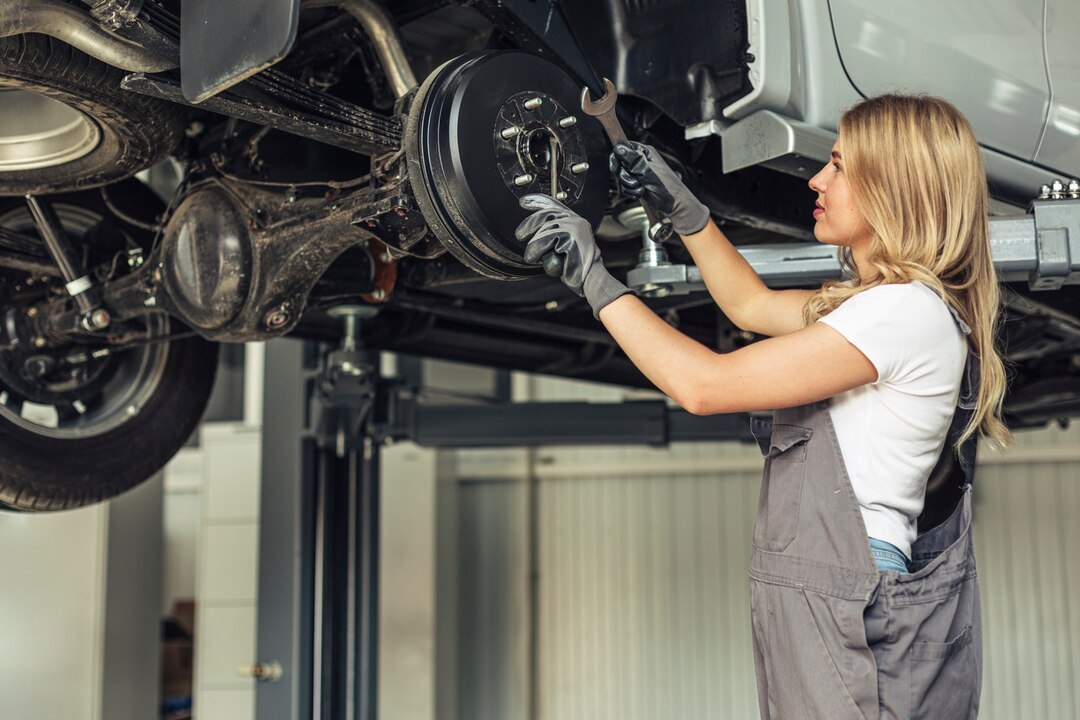Car control arms, also known as A-arms or wishbones, are integral components of a vehicle’s suspension system, responsible for connecting the wheel hub to the chassis and facilitating the up-and-down movement of the wheels. Understanding the different types of control arms and their functions is essential for maintaining optimal handling, stability, and comfort while driving. From traditional double wishbones to innovative multi-link setups, each type offers unique benefits and applications. Here’s a comprehensive guide to the various types of car control arms:
Double Wishbone Suspension:
- Double wishbone suspension, also known as A-arm suspension, is one of the oldest and most widely used suspension designs in the automotive industry.
- This suspension setup consists of two control arms, one upper and one lower, connected to the wheel hub and chassis at multiple points.
- Double wishbone suspension provides excellent wheel control, stability, and handling characteristics, making it popular in performance-oriented vehicles.
MacPherson Strut Suspension:
- MacPherson strut suspension is a simplified suspension design that combines the functions of a control arm and shock absorber into a single unit.
- This suspension setup features a single control arm, known as the strut, connected to the wheel hub at the bottom and the chassis at the top via a strut tower or bearing plate.
- MacPherson strut suspension offers space-saving benefits and cost-effective manufacturing, making it prevalent in compact cars and front-wheel-drive vehicles.
Multi-Link Suspension:
- Multi-link suspension, also known as multi-link independent suspension, is a sophisticated suspension design that employs multiple control arms and linkages to control wheel movement.
- This suspension setup features three or more control arms arranged in a triangular or trapezoidal configuration, providing precise control over wheel motion and alignment.
- Multi-link suspension offers superior handling, ride comfort, and stability, making it popular in luxury vehicles and high-performance cars.
Trailing Arm Suspension:
- Trailing arm suspension is a simple and cost-effective suspension design commonly used in rear-wheel-drive vehicles and light trucks.
- This suspension setup features one or more trailing arms connected to the wheel hub at one end and the vehicle’s chassis or axle housing at the other end.
- Trailing arm suspension provides basic wheel control and articulation, making it suitable for off-road vehicles and utility vehicles.
Swing Axle Suspension:
- Swing axle suspension is a vintage suspension design commonly found in older rear-engine and rear-wheel-drive vehicles.
- This suspension setup features a single control arm, known as a swing axle, connected to the wheel hub at one end and the vehicle’s chassis at the other end.
- Swing axle suspension offers simplicity and compactness but may exhibit poor handling characteristics, such as oversteer, especially during cornering.
Transverse Leaf Spring Suspension:
- Transverse leaf spring suspension is a unique suspension design that utilizes a single leaf spring, positioned transversely across the vehicle’s chassis, to support the weight of the wheels.
- This suspension setup eliminates the need for traditional control arms, providing a lightweight and space-saving solution.
- Transverse leaf spring suspension is commonly associated with high-performance sports cars, such as the Chevrolet Corvette, for its excellent handling and ride characteristics.
Understanding the different types of car control arms and their characteristics can help you choose the right suspension setup for your vehicle’s specific needs and driving preferences. Whether you prioritize performance, comfort, or off-road capability, there’s a control arm type suited to enhance your driving experience on the road.











